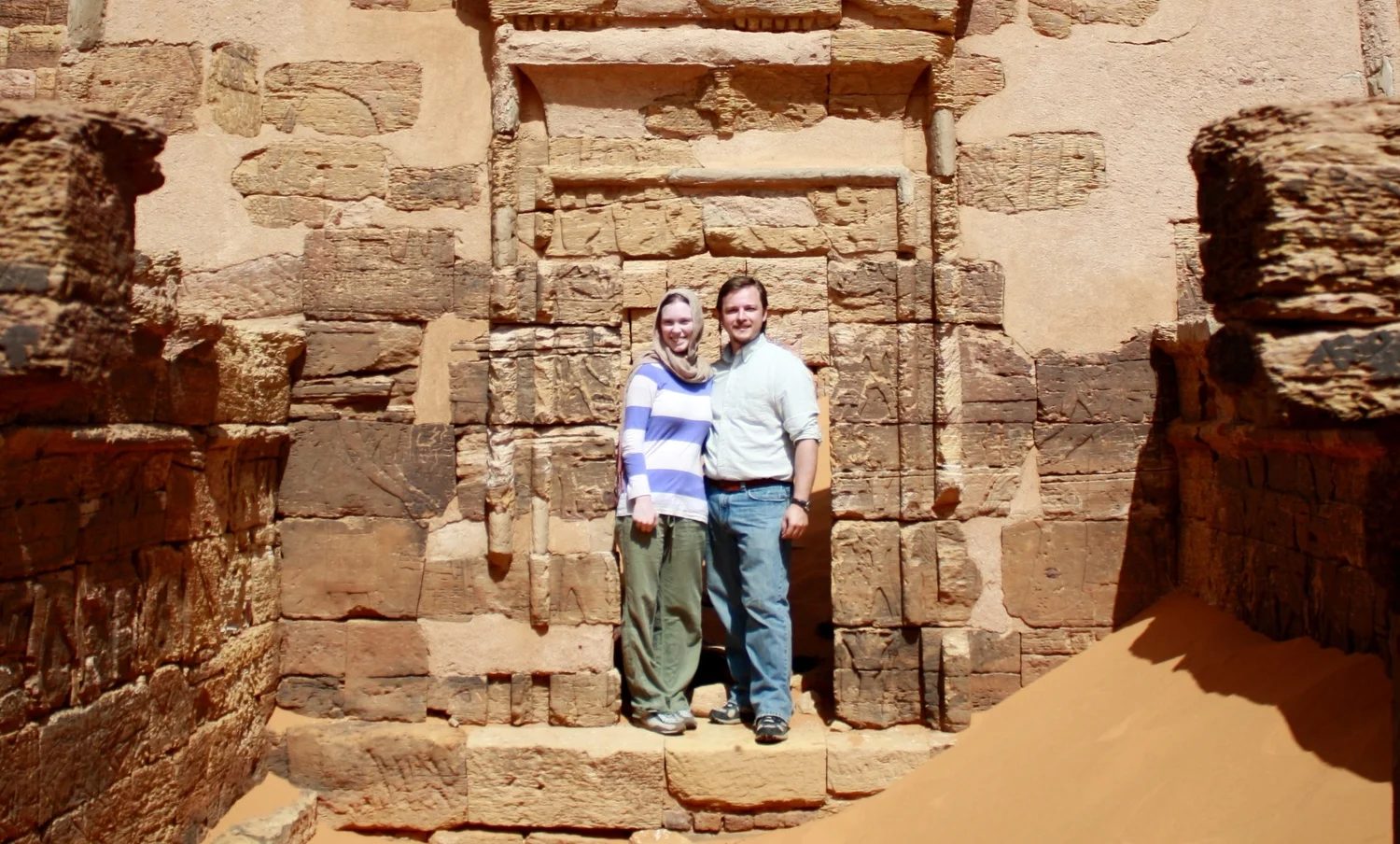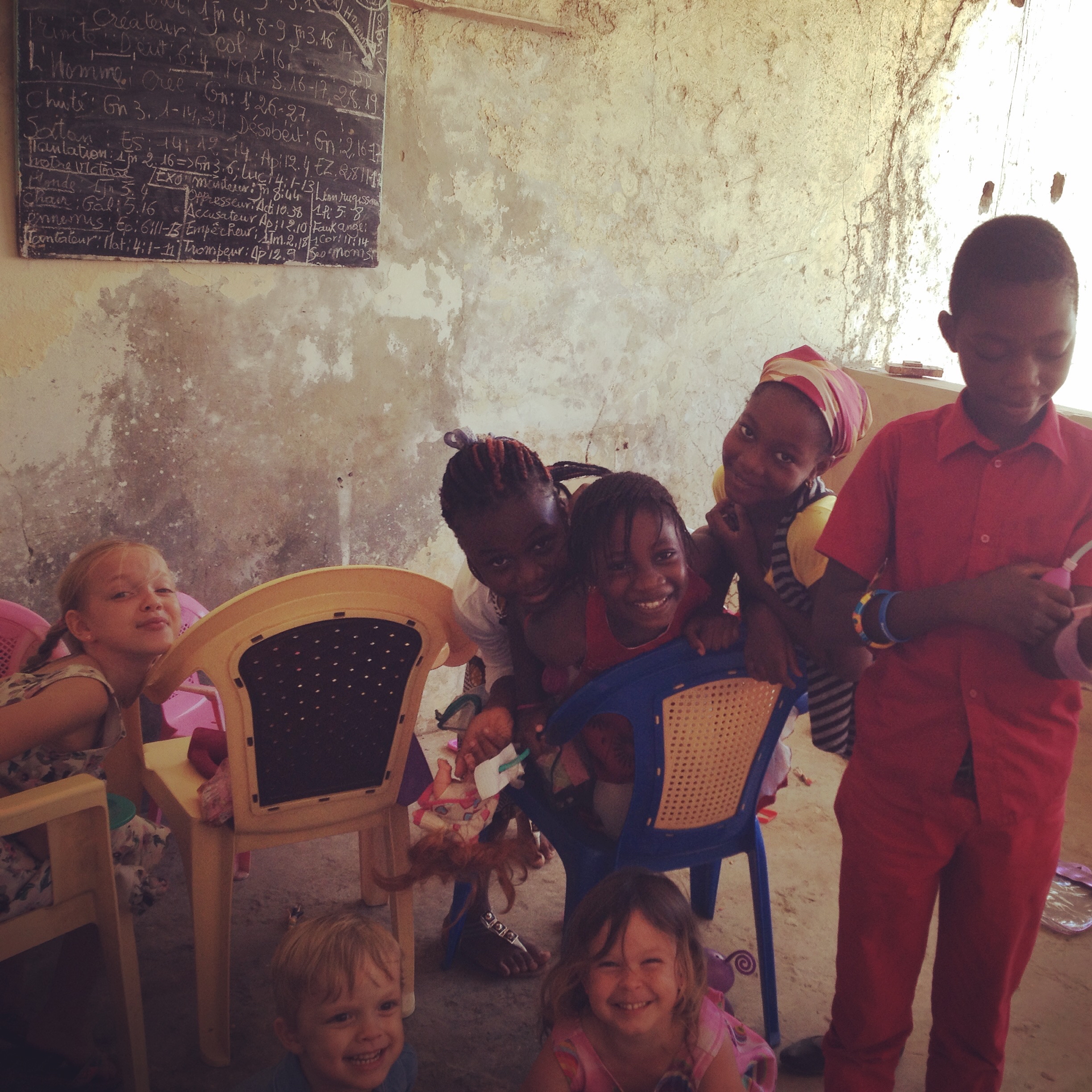We are the hollow men…
Shape without form, shade without color,
Paralyzed force, gesture without motion…
Have you ever witnessed a life unravel? It is one of the most painful things to watch as a soul, once confident and bold, wrestles with purpose, meaning and existence. All the so-called realities and assumed opinions sowed together begin to collapse as one loose thread is pulled out.
At 35, Thomas felt like he was lost. His soul ached as he wandered through a shadowland, blind and cold. The facile answers and broad assumptions no longer gave his life meaning. From the darkness he cried,
There are no eyes here
In this valley of dying stars
In this hollow valley…
The hollowness of his soul was calling out for more. The emptiness of his prayers lifted to broken stone could no longer carry him. His friends mocked his confusion as they would soon mock his decision, but Thomas continued to press through the fog toward faith. What would he choose?
Between the idea
And the reality
Between the motion
And the act
Falls the Shadow
For Thine is the Kingdom
Two years after he penned those words, Thomas gave his life to Jesus and was publicly baptized. Between the ideas of his generation and his reality, he met Jesus. Although his life would be scarred by difficulties, the derision of past friends and failures, his life was now rooted in Christ. Thomas, more commonly known as T.S. Eliot, had found the truth to fill his hollow chest.
If you’ve ever asked why anyone would uproot their lives and move to another country, to live in another culture and language the answer is found between where the shadow falls and the kingdom of God reigns (Isaiah 66.19). It is where the divine touches earth, where Jesus steps into our lives and His Spirit imbues us with faith. It is in obedience to God’s calling and the belief that the nations are waiting (Acts 8.26-40).
This is why Elise and I live in faraway places. We set sail to distant shores because we know there are men, women and children like Thomas wandering and lost in a shadowland. They feel the hollowness of their souls and long for more.
This is why our sending agencies send men, women and their families across the globe like a sower scattering seed into every furrow across the field. Day by day we stand on the precipice of faith and pray as they make their eternal decision (Psalm 22.27). We wait with the lost and rejoice with them as they become new creations in Christ (Isaiah 2.2-4)!
In a few days, Elise, Daphne, Ava, Henry, Fiona and I will make our transatlantic flight once more landing in Senegal as the sun rises on a new day and a new thousand dawns. We go obedient to Christ’s calling and believing for men, women and children like Thomas once on the verge of faith, now rapt in redemption.
Italic quotations from T.S. Eliot’s “The Hollow Men” (1925).






